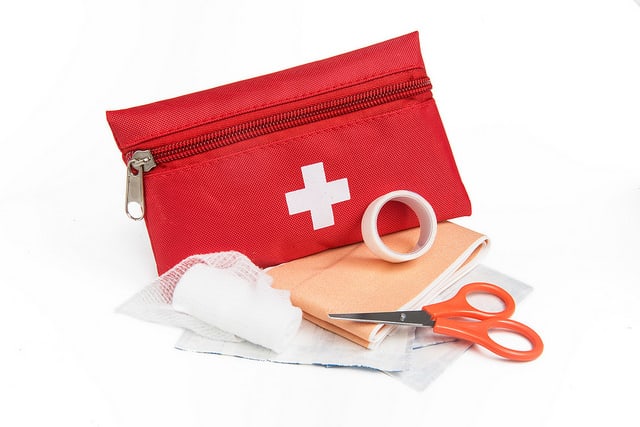Whether big or small, injuries on construction sites are not unusual.
According to an article on Sourceable, the most common injury in construction projects is “wounds, lacerations and amputations to hands and fingers” from handling nails and timber. Other injuries experienced by construction workers include back pain, muscle stress, knee pain, and injuries caused by slipping.
The best way to prevent construction-related injuries is by implementing preventive measures. Here are some of the best tips to avoid the most common injuries on construction jobs:
Hand and finger injuries
- A pair of work gloves is one of the best pieces of personal protective equipment (PPE) that any construction worker can wear. These gloves are designed to protect the wearer from splinters and punctures, as well as absorb force impact that could possibly injure the person.
- Motorized hand equipment such as power cutters and nail guns must be working properly. Do not attempt to use a nail gun with a depressed trigger on default or a power saw with a malfunctioning blade guard.
- Choose hand tools that are lightweight and ergonomically designed to provide comfort to the user. Poorly designed tools can strain the user’s hand and cause muscle strain.
Back injuries
- Avoid carrying heavy loads manually for a long period of time. Try to find ways to bring heavy objects closer to their intended locations so as to minimize the need to carry them by hand.
- Use mechanical devices such as forklifts, cranes and hoists to transfer and transport materials within the construction site.
- Arrange for construction materials to be delivered in smaller packaging for easier carrying and transfer.
- Worker responsibilities may be rotated to prevent people from doing the same heavy chores all throughout the day.
Knee injuries
- Provide work tables, platforms and benches to allow workers to bring their work to a more comfortable height.
- Workers who need to kneel frequently must wear knee pads to avoid direct pressure on the kneecaps.
- Clean the workplace regularly, making sure that rubble or debris are cleared off pathways with heavy foot traffic. A clean working environment should prevent slips and trips.
Although there is no absolute guarantee that construction sites can remain 100 percent injury-free, providing the right tools and environment should bring down accidents and injuries to near zero.
